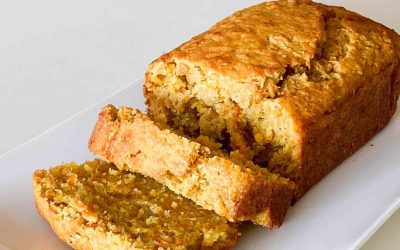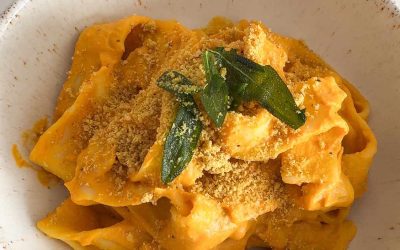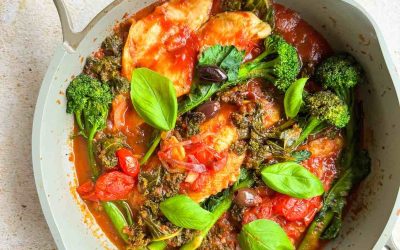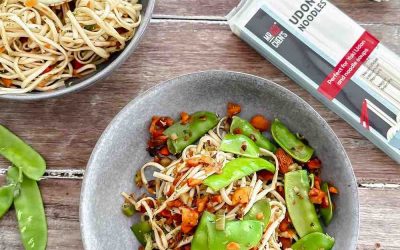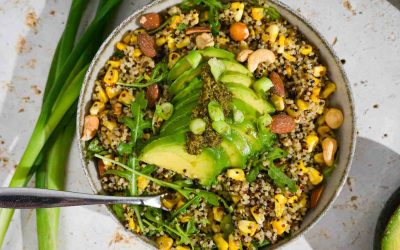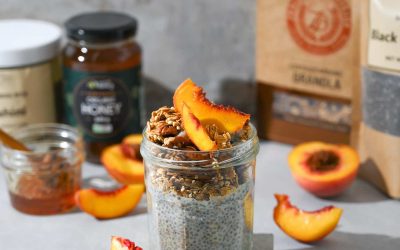HASSELBACK PUMPKINBy Director - Josh Ball · Last updated Friday, 24th May 2024 · 3 min readCheck out all of our posts!<< Back to blog

A NO NONSENSE GUIDE TO STORING YOUR PRODUCE
A No Nonsense Guide To Storing Your Produce
By Director – Josh Ball · · 8 min read
Every year a whopping 2.5 million tonnes of food goes to waste in our households in Australia alone. This costs us a bomb! Food waste is estimated to cost households around $2,500 every year.
Managing a household can be a relentless task, but we have a few quick tips to help you get more out of your produce.
First, we need to understand where produce can be stored and set up suitably sized storage compartments.
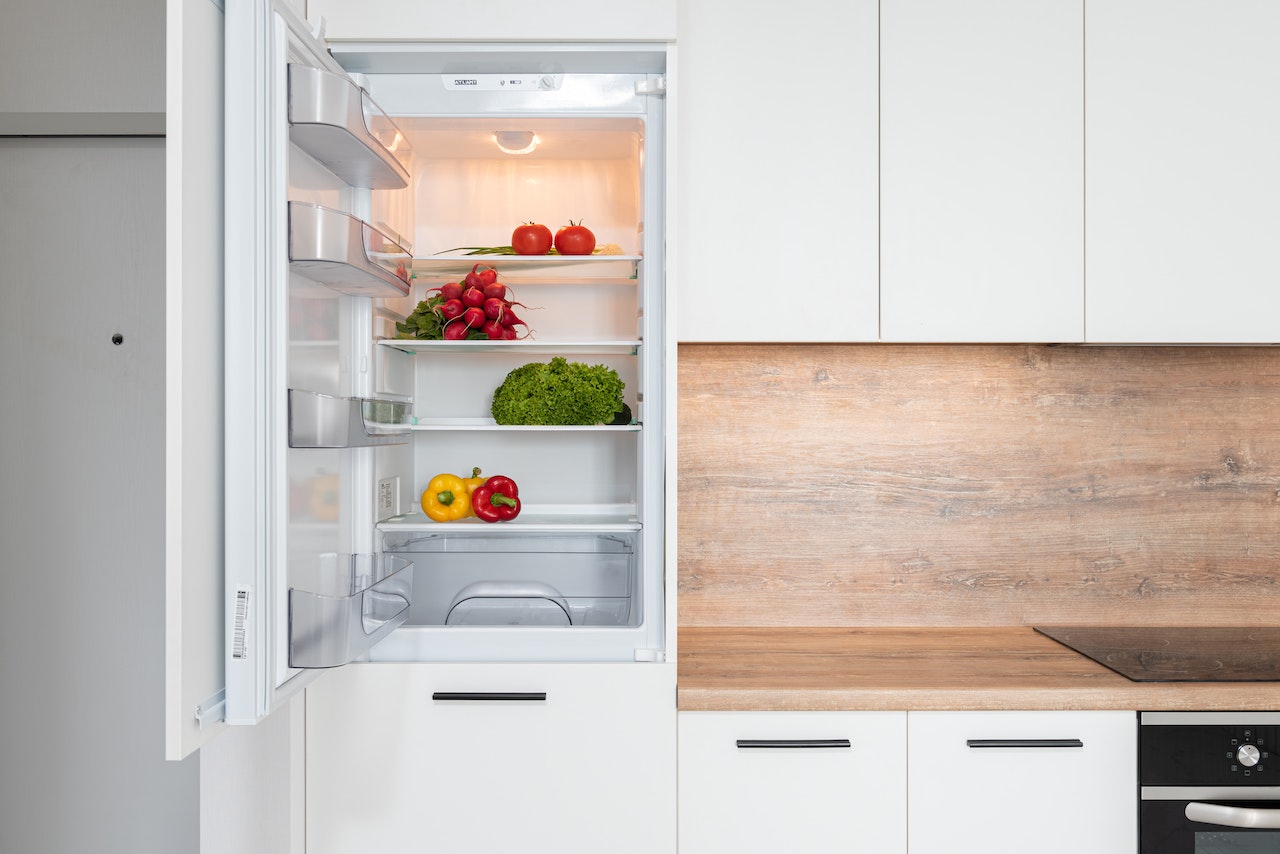
The Fridge:
The primary purpose of a fridge, when it comes to fruits and vegetables, is to slow down the ripening process and prolong the shelf-life of food. The main compartment of the fridge has lower relative humidity compared to the crisper draw and is ideal for storing an array of produce and general food goods.
The Fridge Crisper Drawer:
The crisper is a revolution for storage of fresh produce, but it can be a place where fresh produce goes to wilt and rot. So keep an eye on what is in there and ‘use it up’ with easy end of week meals, like these. It has a higher relative humidity and is great at keeping produce at the right moisture level for items from leafy greens and cauliflower, to corn and grapes.
Ambient Dark Spaces:
These are cool, dry, and dark areas like pantries or cupboards. The dark and dry conditions are ideal for things like onions and potatoes (never store these together!).
The Fruit Bowl:
A fruit bowl placed at room temperature, preferably away from direct sunlight, is great for fruits that ripen after they’re picked, known as climacteric fruits. Examples include bananas, avocados, peaches, plums, tomatoes, and mangoes. Once these fruits are ripe, they should be consumed quickly or moved to the fridge to prolong their freshness.
Second, we have a simple to use table to help divvy up your shop into the right space in your house. Note the tips and which fruit and veggies aren’t friends.

When we started Farmers Pick, you could say we were pretty green in the fruit and vegetable space. An insanely technical and specific space. It was barely a consideration when we started, but apparently some fruits and vegetables have a problem with others.
So here it is. Multiple years of knowledge, gained primarily from learning from our mistakes:
*Tip: Save this table to your phone for future reference*


Check out all of our posts!
HASSELBACK PUMPKIN
RICE COOKED FRIED RICE & GREENS
RICE COOKED FRIED RICE & GREENSBy Director - Josh Ball · Last updated Friday, 10th May 2024 · 3 min readCheck out all of our posts!<< Back to blog
BANANA, APPLE AND CARROT LOAF
BANANA, APPLE AND CARROT LOAFBy Director - Josh Ball · Last updated Friday, 3rd May 2024 · 3 min readCheck out all of our posts!<< Back to blog
POMEGRANATE AND HALLOUMI
POMEGRANATE AND HALLOUMIBy Director - Josh Ball · Last updated Friday, 12 April 2024 · 3 min readCheck out all of our posts!<< Back to blog
VEGAN PUMPKIN PAPPARDELLE
VEGAN PUMPKIN PAPPARDELLE By Director - Josh Ball · Last updated Tuesday, 09 April 2024 · 3 min readCheck out all of our posts!<< Back to blog
ONE POT PUTTANESCA INSPIRED FISH
ONE POT PUTTANESCA INSPIRED FISHBy Director - Josh Ball · Last updated Tuesday, 09 April 2024 · 3 min readCheck out all of our posts!<< Back to blog
SWEET & SAVOURY STIR FRIED UDON NOODLES
SWEET & SAVOURY STIR FRIED UDON NOODLESBy Director - Josh Ball · Last updated Friday, 28 March 2024 · 3 min readCheck out all of our posts! << Back to blog
CRUNCHY QUINOA PESTO SALAD
CRUNCHY QUINOA PESTO SALADBy Director - Josh Ball · Last updated Friday, 22 March 2024 · 3 min readCheck out all of our posts! << Back to blog
CREAMY OVERNIGHT HONEY CHIA PORRIDGE
CREAMY OVERNIGHT HONEY CHIA PORRIDGEBy Director - Josh Ball · Last updated Friday, 22 March 2024 · 3 min readCheck out all of our posts! << Back to blog
PEANUT BUTTER GRANOLA HONEY COOKIES
PEANUT BUTTER GRANOLA HONEY COOKIESBy Director - Josh Ball · Last updated Friday, 08 March 2024 · 3 min readCheck out all of our posts! << Back to blog


